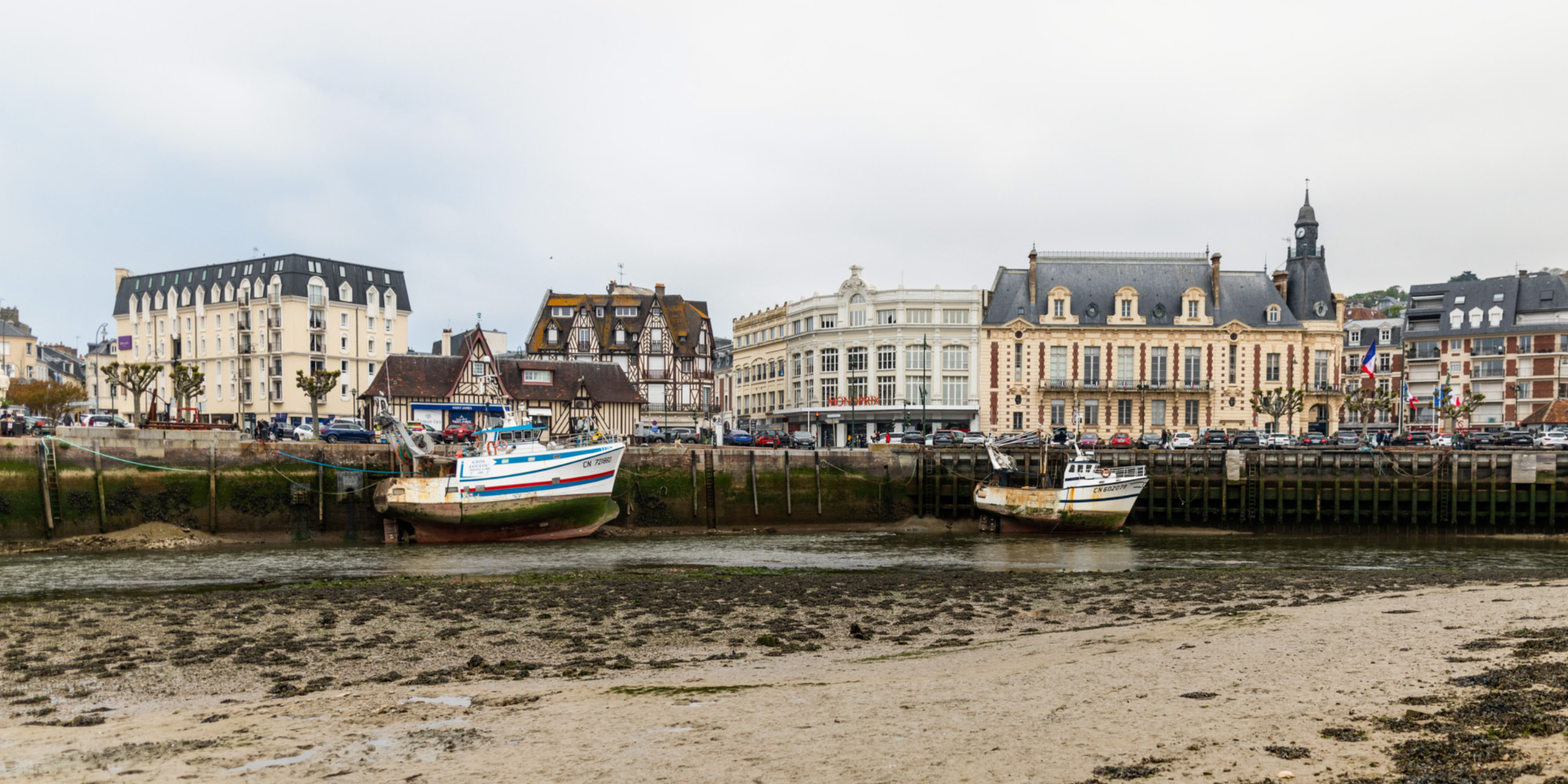Romain Rouillard / Photo credit: BENJAMIN POLGE / HANS LUCAS / HANS LUCAS VIA AFP 08:00, June 01, 2023
Effy, a company specializing in energy renovation work for individuals, has drawn up a list of seaside resorts with the most thermal strainers. If Normandy and Hauts-de-France are particularly concerned, the Côte d'Azur and Corsica are good students.Famous for its grand casino, horse racing and American film festival, Deauville is one of the most popular seaside resorts in France. But the town of Calvados, lined with wide beaches and chic villas, hides a less glorious reality. According to Effy, a company specializing in energy renovation work for individuals, 38% of properties in Deauville are classified F or G. In other words, they belong to the category of thermal strainers, these dwellings that are particularly energy-hungry.
Compiled in partnership with Ademe in the 50 largest seaside resorts in France, these figures even climb to 41% in the neighboring town of Trouville-sur-Mer. And it is on the island of Noirmoutier in Vendée that we find the highest rate of thermal sieves with 42% of housing classified F or G. On the Normandy coast, Cabourg (24%) and Honfleur (23%) fare better and have rates similar to those of Berck-sur-Mer and Le Touquet in Pas-de-Calais. "Among these cities, there are municipalities with many old or listed buildings. These homes give their owners a hard time. The thermal insulation of the walls from the outside, the replacement of windows or the installation of a heat pump affect the aesthetics of the building and cannot be achieved," explains the company Effy on its website.
Ramatuelle: the exception that confirms the rule in the south-east
On the Atlantic coast, 28% of housing is considered thermal sieves in Royan in Charente-Maritime. A town that nevertheless presents a certain singularity, as recalled by the company Effy. "Here the problem is different. Razed during the Second World War, the city was completely rebuilt from 1947. The buildings therefore do not take into account the thermal regulations introduced in France in 1974."
>>
READ ALSO – Thermal strainers: what is the energy audit, mandatory from this Saturday?
Conversely, the seaside resorts of the Côte d'Azur and Corsica are good students with rates well below 10%. In Saintes-Maries-de-la-Mer in the Bouches-du-Rhône and Mandelieu-la-Napoule in the Alpes-Maritimes, only 4% of dwellings have an energy performance diagnosis F or G. A figure barely higher than Fréjus in the Var (6%) and Ajaccio and Porto-Vecchio, both located on the island of beauty (5%). The only exception in this much better off region: the town of Ramatuelle, next to Saint-Tropez in the Var, where the rate climbs to 30% of the housing stock.
Nationally, just under one in five homes (17%) fall into the category of energy strainers. In 2022, the most energy-intensive homes (those classified G+) represented 19.2% of properties put up for sale on the market. A figure up eight points compared to 2020, according to SeLoger.

